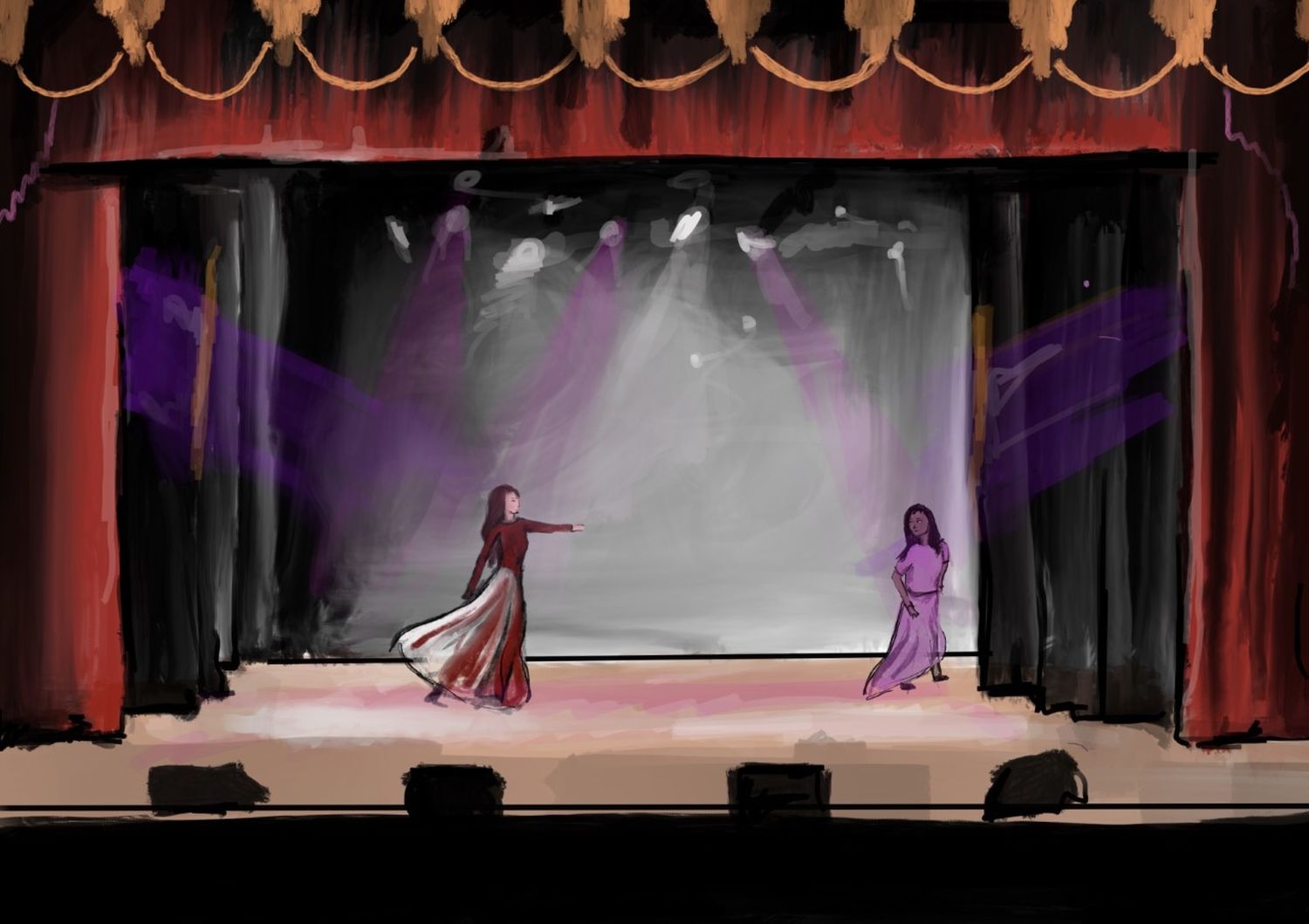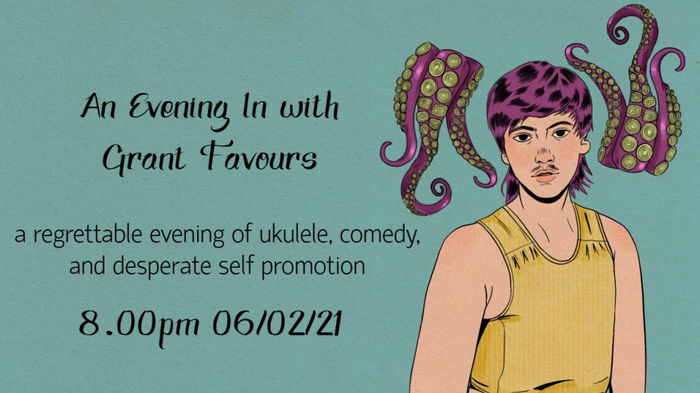Over the last ten months, like much of Planet Earth, I have found myself spending an inordinate amount of time in front of my laptop, losing myself in pre-recorded theatre performances in only-partially-successful attempts to forget the outside world’s unrelenting bleakness. I fell in love with theatre’s diversity, dynamism and inherent flexibility from the moment I watched a performance of The Crucible at Manchester’s Royal Exchange in my early teens. For a long time, I had always believed the widespread myth that theatre is the most progressive of all arts in the UK. Where TV and film were still struggling to nurture female directors and writers in the 2010s, theatre was outstripping them by miles. Powerhouse female theatre directors like Marianne Elliot, Josie Rourke and Katie Mitchell were emerging, whilst the crème de la crème of British female acting talent were treading the boards in search of better roles. To some extent, it seemed no different for the LGBT+ community; plays like Angels in America had become mainstream successes, and openly gay directors like Nicholas Hytner were artistic directors of major venues. As I watched and read more productions and learned more about the industry, however, I began to realise that theatre was also failing a major demographic: queer women.
“The fact that I actually had to Google “queer female plays” just to end up with a handful of relevant results should speak volumes.”
You do not have to identify as a queer woman in order to notice their alarming lack of representation within theatre. You can count all of the most ‘famous’ plays on one hand, but even these have only achieved fame within the rather narrow demographic of people who are interested in theatre and are LGBT+ (and even then, I hadn’t heard of most of them!). They include The God of Vengeance (1907), about a young woman having a lesbian relationship with one of her father’s prostitutes; Confessions of a Female Disorder (1973), about a young woman unable to accept her sexuality, The Children’s Hour (1934), about the traumatic repercussions of a lesbian love affair between two teachers and, perhaps the least problematic and most enjoyable, Last Summer at Bluefish Cove (1980).
Commonalities shared by these plays include that many of them have been written by white heterosexual men and women, and all of them are overwhelmingly written about cisgender, white lesbians (who are usually depressed because they are lesbians). In The Children’s Hour, for example, one of the two protagonists (the only one who is explicitly queer!) ends up committing suicide in a fit of despair at the end of the play. Already, the problems with the way in which we are being represented should be starkly apparent. In the 21st century, newly released plays focusing on queer women remain relegated to fringe theatre venues and seldom enjoy the mainstream success of their queer male counterparts. Additionally, these recent successes still largely fail to offer narratives focusing on BIPOC, non-binary, trans and disabled experiences. Meanwhile, plays offering nuanced portrayals of more diverse queer male experiences like Angels in America, The Judas Kiss and more recently, The Inheritance, have become smash hits across the world. The fact that I actually had to Google “queer female plays” just to end up with a handful of relevant results should speak volumes.
“Everywhere we turn, there seems to be a systemic barrier.”
The root causes of what is perhaps best described as a “representation crisis” are numerous and complex. Among them are the familiar enemies of every queer woman on Earth: lesbo-, bi- and transphobia, disguised under the thin veil of male-gaze-focused narratives, where titillation is king (see for example: the bizarre, out-of-place lesbian love affair in Mike Bartlett’s otherwise belligerently heterosexual Albion). Additional worries about commercial success and limitations to fringe venues can also be traced back to prejudices against queer women. The unjustified preconception that queer female plays won’t appeal to the masses (even though the appetite is proven to be there in major successes from mainstream film and TV) discourages mainstream venues from investing in diverse queer female stories. This also feeds the lack of openly queer female playwrights and directors by denying them the financial stability they need to sustain their careers long-term, if they want to create queer female work. Everywhere we turn, there seems to be a systemic barrier.
Furthermore, of the groups which make up the LGBT+ acronym, it is queer women, non binary and trans people – especially those who identify as people of colour and/or disabled – who typically still suffer the greatest stigma. Lesbo-, bi- and transphobia is still alive and kicking, from here in the UK, to Russia and Uganda. In the UK, we often mistakenly assume that the legality of same-sex marriage means that we have become “gay-friendly”, but for those who identify as queer women, the reality could often not be further from the truth. It makes me burn with anger that I live in a country where it is legal for me to marry my partner and have children with them, but I am terrified of being publicly affectionate anywhere but the most cosmopolitan of city streets. It was less than two years ago that two queer women were violently attacked on a London bus when they refused to kiss for onlookers. Yes, there has been immense progress for the LGBT+ community in the UK, but the acronym represents an enormously broad spectrum of experiences. We are not one homogenous group, a mistake often made by cisgender-heterosexual theatre producers when they market plays as “LGBT+” – when in fact they mean “cis gay white male”. We deserve representation that matches our diversity.
“Cisgender-heterosexual theatre producers market plays as “LGBT+”, when in fact they mean “cis gay white male”.”
It is worth remembering why authentic representation is so important, not just for the LGBT+ community, but for everyone. One of the greatest thrills of reading a book or watching a film, TV series or play is that moment when you see yourself being represented authentically. Perhaps if you happen to be a white, cisgender-heterosexual, non-disabled man or woman, you’ll have become so accustomed to seeing yourself represented in so many ways on page, stage and screen that this feeling has become normal. For the rest of us, however, there’s still a thrill to be had from seeing someone else on your journey – a sense of solidarity, however fictional it may be, and the realisation that you are not alone on that journey. Additionally, diverse representation plays an instrumental role in combating prejudice against the LGBT+ community. Watching or reading about a wide array of LGBT+ people and their experiences may be one of the most effective ways to combat stigma and educate cisgender-heterosexual audiences. Art teaches us empathy, a skill which is essential to deconstructing prejudices. It is most likely no coincidence that the increased acceptance of LGBT+ people across the world has been unfolding against the backdrop of increasing representation in books, films, TV and theatre.
Naturally, it’s easier to lament the lack of representation rather than to actively resolve it. The obstacles faced by queer female artists sometimes feel overwhelming. Seldom does a queer female artwork emerge (usually once a year) without enduring both scathing criticism (often from within the LGBT+ community) and fawning praise (usually from cis-het audiences). This perhaps lies at the core of the greatest pressure faced by queer female artists; there are so few pieces of art which represent our experiences that as soon as a new one emerges, it is assumed to be an attempt to represent the whole queer female experience (which naturally, it cannot). It should go without saying that this burden is too much for anyone to bear, and cis-het artists never have to bear it. Why should we?
Where do we go from here? Perhaps it is asking too much to expect queer women to receive the rights to same-sex marriage, adoption and authentic representation in the same quarter of a century. The problems I discuss aren’t limited to theatre alone, but rather just a tiny piece of a much larger problem of representation in the arts. If there is one thing that we need to understand, it is the necessity to actively promote queer female artists in theatre, to platform their work above the works of their male counterparts on the same subjects, and to avoid male-gaze focused works that simply serve as vehicles for two attractive actors to get it on.
Like many industries, the events of the last year have made the theatre industry rethink its structures. We must encourage a post-COVID industry where the voices of minority artists, including those identifying as queer women, are heard not just in fringe venues, but also in mainstream venues. We need to realise that simply making productions “genderblind and race-blind” will never solve the problem. Such tropes do not serve to make theatre more diverse, they just ignore the problem and avoid directly supporting and uplifting the stories of minority groups and artists belonging to these groups. There is nothing remotely “radical” or queer about an all-female Hamlet – you are quite literally just transplanting a script written for a man and attempting to make it more “interesting” by having a woman speak male words.
Truthfully, the most radical thing of all would be to see a greater number of plays being written and performed by queer women from every background imaginable, whether these are stories that are explicitly about being queer, or where being LGBT+ is the least important aspect. After far too many years in the wings, surely it’s our time to dominate the stage.


